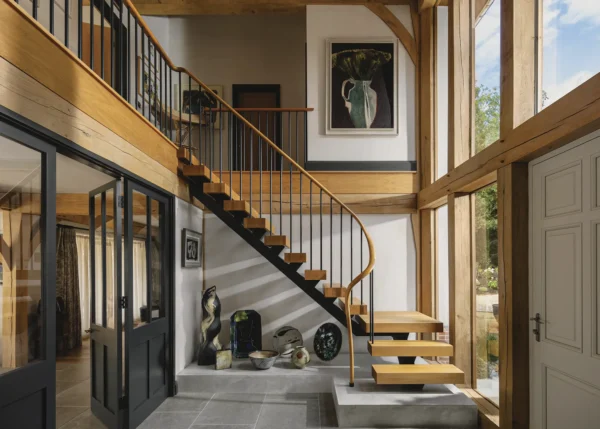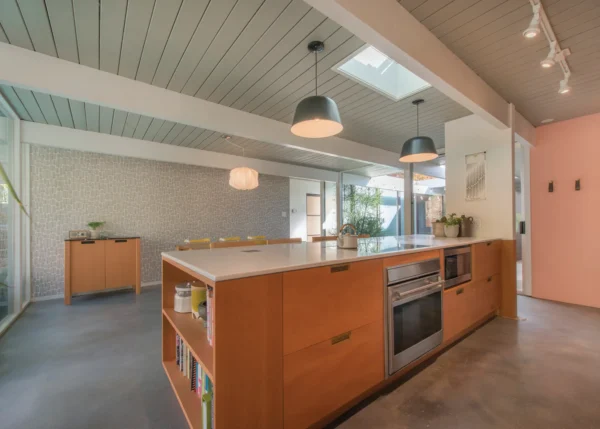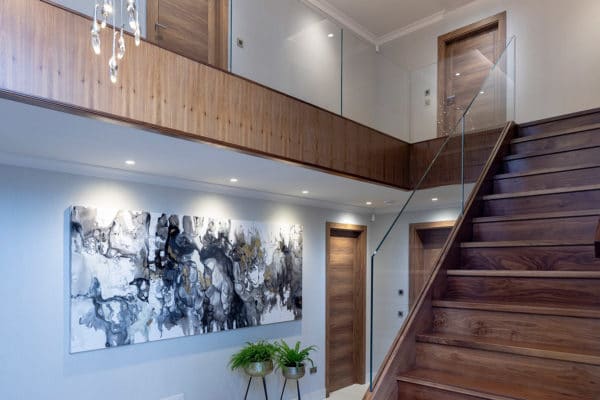How to Find a Good Electrician
Choosing the best electrician for your project is all about ensuring they have the right skills and qualifications for your job. Electrical work is more strictly regulated than many other areas of construction – and while that largely rules out taking on anything more than superficial changes on a DIY basis, it does mean that modern installations are exceptionally safe.
Seeking recommendations from friends, neighbours and other trades is a good place to start, but there are other options. The websites of the major electrical trade bodies are well worth a visit: they’ll have ‘find a trade’ searches that allow you track down local pros in your area. Whoever you invite to quote, it’s wise to investigate a little further before you sign on the dotted line. Ideally, visit a live site so you can see how neat their work is: or if not, at least speak to former clients about their experience with that trade.
Check their qualifications, too, and go through your requirements in detail to translate your basic electrical plans into a fully developed, fully-priced specification. Here’s what you need to know to find the best person for the job.
What’s involved in electrical training?
Studying to become an electrician involves some pretty stringent learning to gain a full understanding of electrical engineering. These trades need to be familiar with and competent in a large chunk of the Building Regulations, most significantly in Part P (see below).
Most electricians qualify through an apprenticeship, which usually takes four years straight after leaving school. This is a blend of classroom learning, formal exam qualifications and heaps of practical experience, completed whilst working as an apprentice under supervision.
There is an opportunity for those with non-relevant practical work experience to change careers via privately-run teaching. These crash courses also mix classroom and practical training but without the guaranteed work experience in between. So those qualifying via this route will do so much more quickly but may not have the same level of on-site experience as a traditional apprentice.
Electrical regulation
Electrical work is one of two key trades (the other being heating & hot water) that are very tightly regulated. In fact, since 2005 there has been a dedicated section of the Building Regulations related to electrical work. Part P, Electrical Safety – Dwellings was introduced with the express intention of reducing fatalities in buildings due to inadequate and faulty installation practices. Although it was unpopular at the time, the broad consensus is that it was a necessary step, and it’s made a significant difference. In essence, for self builders and homeowners it means one of the following:
● Qualifying electrical work must form part of a Building Regulations application and be inspected and be approved by the appointed building control officer; or
● The work must be carried out by a suitably qualified, competent electrician who can self-certify the installation as compliant, both to the council and to the homeowner. All work must be completed in accordance with the relevant British Standard BS 7671 Requirements for electrical installations, which is referred to in Part P of the Building Regs. The IET (Institution of Engineering and Technology) co-publishes these wiring regulations, now in their 18th edition, with the British Standards Institution.
Electrical certification
Qualified electricians will want to belong to one of the established industry trade organisations. Among these are ELECSA, NAPIT (National Association Professional Inspectors & Testers), ECA (Electrical Contractors Association), STROMA (for approved inspectors) and the best known of all, NICEIC (National Inspection Council for Electrical Installation Contracting).
The NICEIC, for example, operates quite rigorous entry assessment criteria and ongoing random inspections of its membership. Members can offer warranty-backed guarantees for their work that can last for up to six years. This means that the NICEIC has to be pretty confident in their abilities.
This provides great peace of mind to consumers, who should be able to rely on NICEIC membership as a genuine mark of competence and minimum standards of delivery. So, in selecting an electrical contractor for your project, ensure they are a minimum of Part P certified and, better still, a fully paid up member of the NICEIC.
Types of domestic electrician
Some electricians, or small firms employing multiple qualified staff, specialise in minor works and repairs. Their entire approach is packaged around response times, and they can usually be there quite quickly when an emergency occurs.
They tend to be more expensive as you are paying for their availability and usually for a dedicated member of staff, who can organise their daily call rotas on a priority basis. They like relatively quick works, so they can get to multiple jobs, and tend not to focus on construction sites where they would be quite obviously less competitive.
The other main type of electrician is the project specialist who is happy to undertake new build installations or whole house rewires, where their work will be split into two lengthy sessions on site of first and second fix. They mostly supply their own materials, except maybe specialist light fittings and lamps, which will be purchased in bulk via their preferred merchants. So, unless state your preferences, you will get their personal product favourites.
Determining your requirements
Whatever the project, you should ideally mark up a set of plans with your electrical requirements. Some architects provide a starting point for this as part of their service, while others will only take the detailing as far as the structure and general room layouts are concerned. This means you will have to liaise with your plumber and electrician to detail the mechanical and electrical components thereafter.
If there are no formal plans, then mark up a set yourself showing the location of your preferred light fittings, switches and sockets. It’s a cathartic exercise, as it really makes you walk through the property thinking about where you want to be able to control lights from and where you are likely to need the most power (both now and in the future).
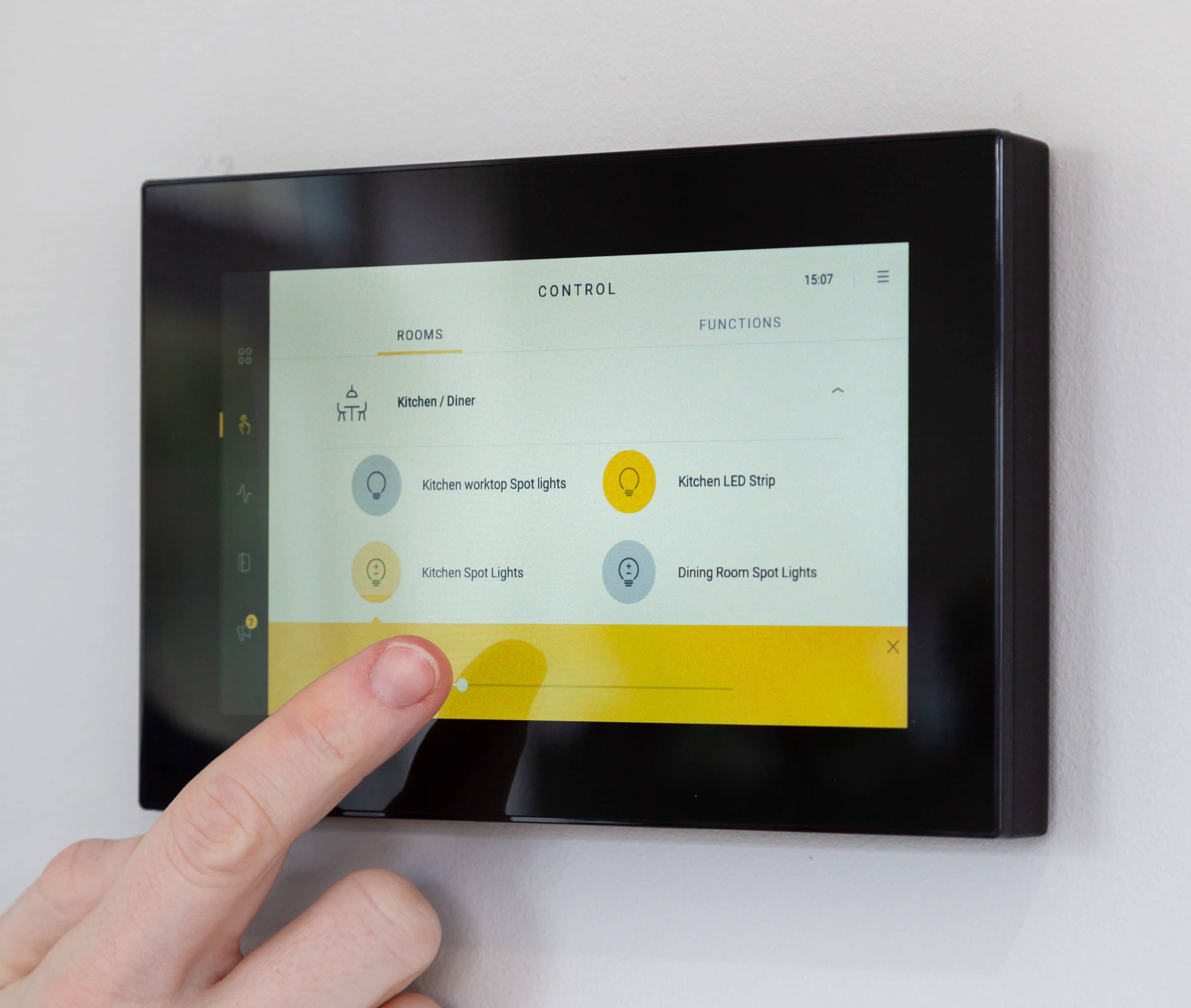
Build It’s Self Build Education House has been wired as a modern smart home, with intuitive controls and automated scenes. Book your visit to the Education House
Don’t forget your external requirements, too, along with the attic void, wardrobe and cupboard lighting etc. Once complete, draw up a basic schedule of the numbers of light fittings, switches and sockets you’ve identified. You’ll probably be surprised just how many there are.
When approaching electricians, use a copy of this plan as your basis for discussion. They should immediately spot what else might have been left off, including points for extractor fans, kitchen and utility appliances, the boiler, immersions for the hot water cylinder, smoke and heat detection etc.
Why you should have an EICRElectrical installation condition reports (EICRs) are currently only mandatory for property landlords, who need to have a current one completed on a maximum five-yearly cycle. But they are also highly recommended for anyone acquiring a property so that, as the new incoming occupant, you can be confident in the silent workings of your electrical circuits. Anyone planning an extension and/or a refurbishment should also have one completed, so they are clear about what elements of the electrical installation can remain and what needs to be upgraded or replaced. To produce an EICR, the electrician will start at the consumer unit and check the amp rating of each fuse or breaker followed by a continuity test. This way they can identify any potential earth leakage and then go on a hunt for more specific problems as necessary. They’ll assess at least 10% of the socket/switch wiring in detail and, where they find problems, they keep going until they find a sufficient number without faults. A complete visual survey is also carried out to identify anything electrical that looks unsafe. The report is then finalised with any mandatory safety upgrades clearly identified and advice about less serious improvements in another category for the homeowner’s consideration. It’s a good idea to have an EICR carried out every five years. |
But you can enjoy plotting these on your plans with the lion’s share of the work already complete. Your consumer unit (the fuse board of old) needs to be close to the meter entry point and ideally readily accessible at eye level. Discuss preferred locations with the electrician right at the outset.
A good electrician should also have experience in security alarms, CCTV cameras, security gates and, quite possibly, other forms of automation. Some may also be accredited fitters for solar photovoltaic (PV) panels and all that this entails (look for MCS accreditation to ensure you can access the Feed-In-Tariff). That said, many solar installations are completed by specialist firms on a design, supply and install basis – but even then, there will need to be communication between them and your electrician.
I would always recommend that you obtain fixed prices for the works included on the plans. You can then agree costs for extra power and lighting points, so that any variations to this initial schedule can be costed in an easily-calculated and non-confrontational manner. Electricians quote on a supply-and-install basis – so as well as providing the labour, they’ll be buying the materials according to your specification.
Controls & lighting
A new breed of electrician is emerging: those who specialise in smart home installations. Some folks are already sold on the benefits of smart lighting and love the idea of being able to programme pre-set mood levels. Others are not so keen and like the definition of being able to turn on a switch with an instant response. Decide which camp you fall into and then try not to be persuaded away from your preferred specification.
If you’re keen to integrate this kind of technology, it’s vital to discuss up front with your electricians, as some will have vast experience of sophisticated controls and others may prove more hesitant. I have seen situations where homeowners have moved in having been sold some pretty expensive smart lighting switch gear, only to find that they don’t have the patience and light-touch some of the fittings require.
Some products may have a short delay in response, too, which can be really irritating. By involving your installer in the decision-making from the start, you’ll have the best chance of getting the wiring right and ensuring you get the functionality you’re looking for.
Learn more: Choosing the Best Smart Home Tech
Even if you don’t want a full smart home now, it’s worth including CAT6 cable throughout the property so that each habitable room is at the very least hardwired back to a central hub. You may not know exactly what you want to distribute internally at the outset but you will be in some way future proofing the property.
A hard wired motorway network can be installed at a relatively pretty low cost if completed at the first fix stage. A good electrician will help you spec this provision as part of their overall service and ensure you use the latest specification of cable.

































































































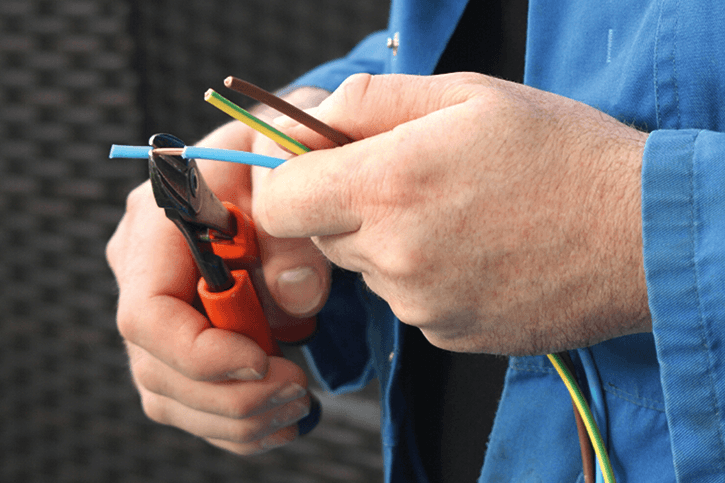
 Login/register to save Article for later
Login/register to save Article for later


